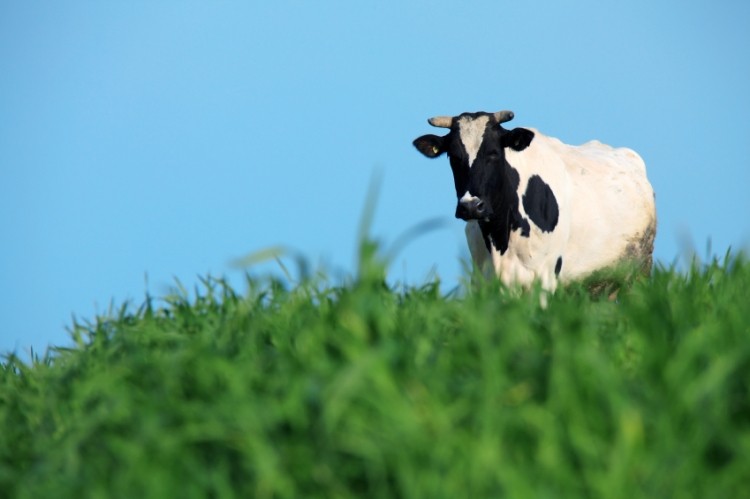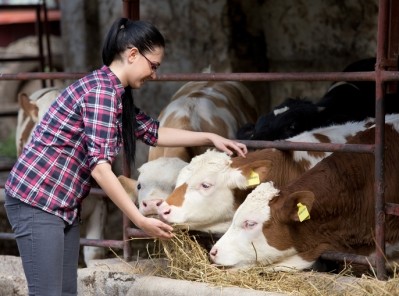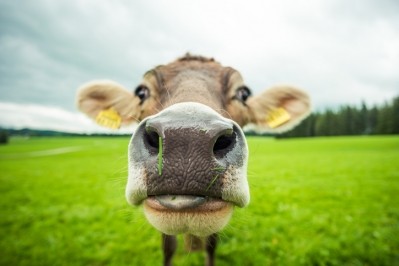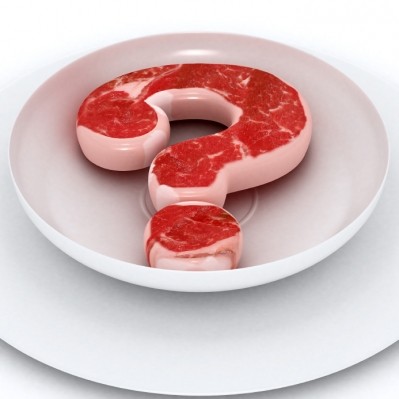CFIA investigation into BSE case continues: early feed exposure to be scrutinized

Canada's last confirmed BSE case was reported in 2011.
The current incident was detected on 7 February and confirmed by the CFIA on Wednesday of last week. That agency said no part of the animal's carcass entered the human food or animal feed systems.
Canada remains a controlled BSE risk country, as recognized by the World Organization for Animal Health (OIE). Accordingly, this case does not affect current exports of Canadian cattle or beef, said the CFIA.
And the agency stressed, in a 13 February briefing, the find proves the robustness of the national BSE surveillance program Canada has in place:
“The fact that we continue to see very high levels of producer participation in the surveillance program underscores the commitment present throughout the cattle and beef sectors to responsibly manage BSE.
The detection of a small number of additional BSE cases is not unexpected in the context of the 30,000 samples we take annually, as Canada continues our ongoing management of this disease,” said Paul Mayers, VP of policy and programs, CFIA.
Nevertheless, the incident has already prompted South Korea to initiate a ban on Canadian beef imports, with it set to stay in place pending the results of the Canadian inquiry.
SRM in feed ban
In infected cattle, BSE concentrates in certain tissues known as specified risk material (SRM). These are removed from all cattle slaughtered for human consumption.
To limit BSE spread among cattle, the Canadian government banned most proteins, including SRM, from cattle feed in 1997 and, in 2007, it further tightened that feed rule, banning SRM from all animal feeds, pet foods and fertilizers.
As part of this latest investigation, the CFIA will look to confirm the age of the animal, its history and how it became infected. The agency will also trace out all cows of equivalent risk, which will be destroyed and tested for BSE.
Feed investigation
The probe will focus in on the feed supplied to this animal during the first year of its life.
Rob McNabb, general manager of the Canadian Cattleman’s Association (CCA), says BSE investigations based on OIE guidelines always analyse the feed to which the animal may have been exposed early in its life.
“Due to the incubation period required for BSE to manifest in an animal, the evidence to date for classical BSE cases in Canada and elsewhere is that infective material in the feed is ingested by the animal during its first year. It then takes 5 to 8 years, and sometimes as long as 10 years for symptoms to present themselves.
In countries where a feed ban has been in effect, the focus is then on what feedstuffs may have been on the farm that pre-date the ban.”
And he told us it is not unprecedented that “residual feed material from before the feed ban could still be on a farm.”
The findings of the CFIA investigation into a 2008 case of BSE in a beef cow in Canada examined whether the cross-contamination of ingredients used in the manufacture of calf starter was a possible route for infectious material, but the agency was unable to confirm that as the source of the infection.








